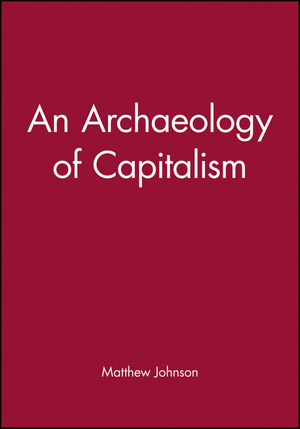An Archaeology of CapitalismISBN: 978-1-55786-348-5
Paperback
260 pages
January 1996, Wiley-Blackwell
 This is a Print-on-Demand title. It will be printed specifically to fill your order. Please allow an additional 10-15 days delivery time. The book is not returnable.
|
||||||
An Archaeology of Capitalism offers an account of landscape
and material culture from the later Middle Ages to the beginnings
of the Industrial Revolution. In tracing some of the roots of
modernity back to the transformation of the countryside, this book
seeks an innovative understanding of the transition between
feudalism and capitalism, and does so through a unique synthesis of
archaeology, economic, social and cultural history, historical
geography and architectural history.
Medieval and early modern archaeology has in the past focused on small-scale empirical contributions to the study of the period. The approach taken here is both wider-ranging and more ambitious. The author breaks down the dividing lines between archaeological and documentary evidence to provide a vivid reconstruction of pre-industrial material life and of the social and mental processes that came together in the post-medieval period in the transition towards modernity. Matthew Johnson is careful to avoid a simplifying evolutionary explanation, but rather sees the period in terms of a diversity of social and material practices evident in material traces - traces that survive and that, when reused in different contexts, came to mean different things.
Medieval and early modern archaeology has in the past focused on small-scale empirical contributions to the study of the period. The approach taken here is both wider-ranging and more ambitious. The author breaks down the dividing lines between archaeological and documentary evidence to provide a vivid reconstruction of pre-industrial material life and of the social and mental processes that came together in the post-medieval period in the transition towards modernity. Matthew Johnson is careful to avoid a simplifying evolutionary explanation, but rather sees the period in terms of a diversity of social and material practices evident in material traces - traces that survive and that, when reused in different contexts, came to mean different things.



